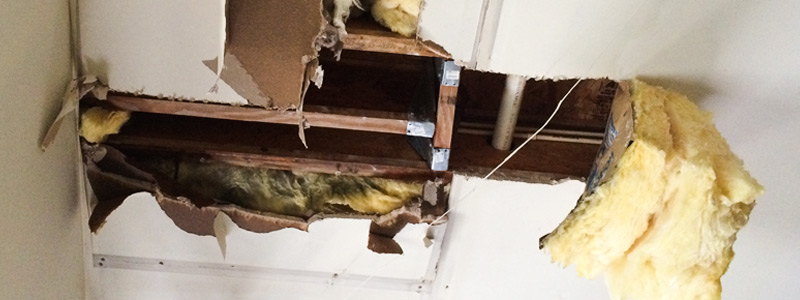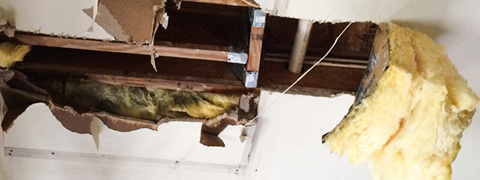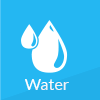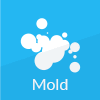




Water Damage Restoration Guide for Rockville, MD area
Water damage is among the most traumatic incidents that can happen to a homeowner in Rockville, MD. Being an area with a higher humidity rate and an average rainfall of 42 inches a year compared to 38 around the US, it's essential to retain a reliable water damage restoration company for when disaster strikes. Emergency response not only minimizes any structural damage but also bring your property back to its pre-damaged condition. Here's what it takes to clean up your home after water damage.
Step 1: Assess the Damage
The first step to dealing with water damage is to identify the root cause of the problem and the extent of the damage. Every project should start with a free inspection to help locate the source of the damage. Whether it's a leaky pipe, flood damage, sewage cleanup, indoor humidity, or other issues, hire professionals who will do a good job to ensure the problem won't just come right back.
Step 2: Drain Water
Depending on the extent of the damage, the use of powerful submersible pumps together with industrial strength, wet/dry vacuums will simplify the job. Disconnect the power, remove electronics, furniture, and other movable items immediately. This helps save the items and eases getting rid of the water. If it's not raining, opening windows will allow for air circulation and faster drying in case of flood damage.
Step 3: Dry Everything Out
High-tech Dehumidifiers and turbo-air-movers may also be used to remove excess humidity in cabinets and cracks, as well as to maximize the airflow of your home. Then, you can apply a medically-certified antimicrobial solution to deter the growth of microbes and mildew.
After drying out the water in the insulation, wood beams, drywall, etc., use a disinfectant to help fight any bacteria that might have come up through contaminated water from toilets and sewage cleanup.
Step 4: Monitor the Drying Process
To prevent mold growth and ensure that the job is done right the first time, your technician will use moisture detecting instruments and other visual inspections to thoroughly inspect your home and ensure the problem is solved for good. Besides, any professional doing this job should always wear protective equipment throughout the process to safeguard their nose, mouth, eyes, and skin. It helps them do their best to bring back the comfortable, healthy home you once shared with your family.
Step 5: Restoration and Rebuilding
After the drying process is confirmed and complete, some things need to be repaired or replaced, including drywall, insulation, and carpet. Sometimes ceilings and flooring are torn out, baseboards removed, or holes drilled into walls to ensure proper drying. Your water restoration company may repair or subcontract the work to other professionals. Have this conversation during the inspection phase to know who will take care of these repairs when this stage is finally reached.

Call
























